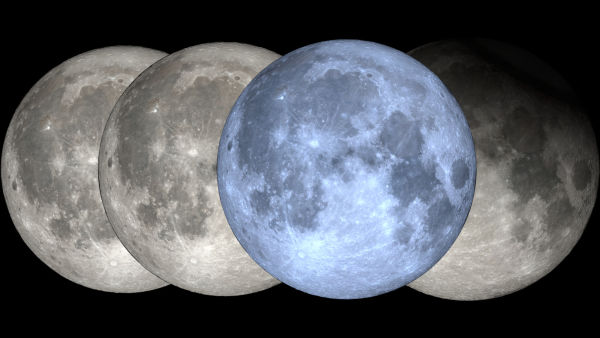Time: 2024-06-22
Aurora Borealis glowing on the horizon of N.E. Minnesota lake in the Superior National Forest is a sight to behold. The northern hemisphere's summer offers the best views of our galaxy, including the Milky Way arching across the sky after dark and the August Perseid meteor shower. In 2024, with the sun close to solar maximum, skywatchers can expect displays of the aurora borealis, planetary conjunctions, and beautiful moon views, making it a memorable summer for astronomy enthusiasts.

One of the highlights in 2024 is the conjunction of Saturn and the Moon on Thursday, June 27, visible in the eastern sky. Another exciting event is the occultation of Spica by the moon on July 13-14, visible from North and Central America. The Delta Aquariid meteor shower peaks on July 30-31, with about 10-20 shooting stars per hour. The Perseid meteor shower, the biggest display of meteors for the year, peaks on August 12-13, offering around 100 shooting stars per hour. Mars and Jupiter will be in conjunction on August 14, followed by Saturn reaching opposition on September 8. The season concludes with a Super Harvest Moon Eclipse on September 17.
The summer solstice on June 20 marks the start of northern Summer and southern Winter for 2024. The 'Planet Parade' alignment in the predawn sky on June 20 offers a unique astronomical sight. Throughout the summer, various celestial events can be observed, including the Perseid and Southern Delta Aquariid meteor showers, full moons, and planetary alignments. The season culminates with the Autumnal Equinox on September 22.
The summer of 2024 will provide opportunities to observe some of the brightest planets in the predawn and evening skies. While the Rare Planet Parade event in early June may not have lived up to expectations, there are still plenty of chances to witness planetary alignments throughout the summer months. The Perseid meteor shower and the Seasonal Blue Moon in August will illuminate the night skies, offering stargazers a spectacular show. The Super Harvest Moon Partial Lunar Eclipse on September 17 will be a fitting end to the season.
With a diverse range of celestial events and phenomena to look forward to, the summer of 2023 and 2024 promises to be an exciting time for astronomy enthusiasts. Whether observing planetary conjunctions, meteor showers, or rare lunar eclipses, there will be plenty to see in the night sky during these months. So mark your calendars, prepare your telescopes, and get ready to witness the wonders of the universe above.